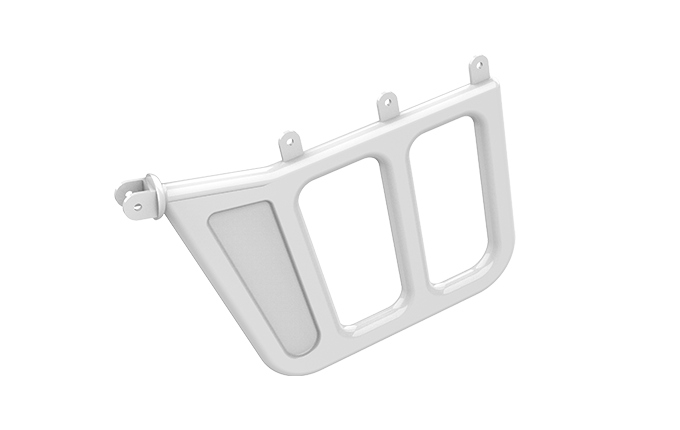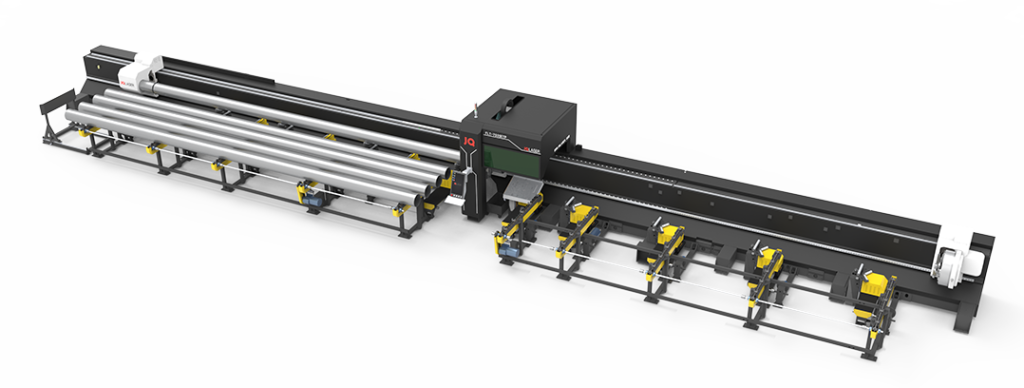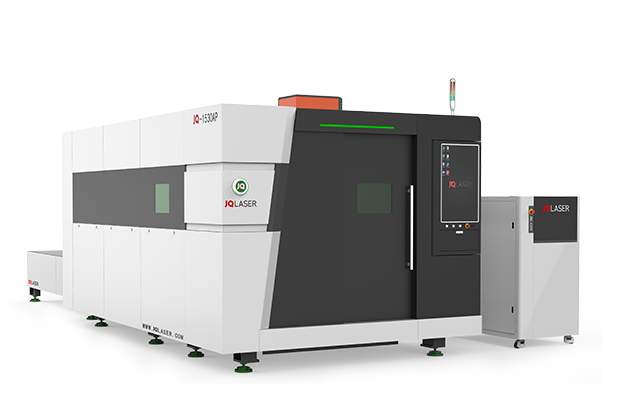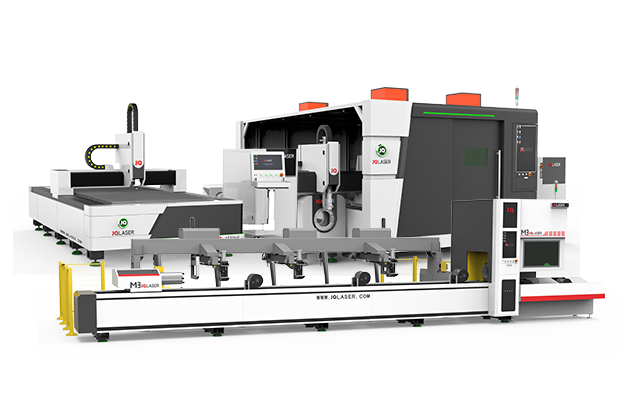If you’re looking for a way to cut through all the red tape in the medical industry, then a laser cutting machine might be just what you need. With its ability to precisely cut through materials, a laser cutting machine can help you quickly and easily create the medical devices and products you need.
In this blog, we’ll show you how to use a laser cutting machine in the medical industry, so you can get started on your next project right away.
What is a laser cutting machine?
A laser cutting machine is a tool that uses a high-powered laser to cut materials. The laser beam is directed at the material, and the heat from the laser melts or vaporizes it, allowing it to be cut. Laser cutting machines can be used to cut a variety of materials, including metal, wood, plastic, and glass.
Laser cutting machines are often used in the medical industry to create prosthetics and other medical devices. They can also be used to create surgical instruments and implantable devices. Laser cutting machines offer a number of advantages over traditional machining methods, including higher precision, higher speed, and lower costs.
How can a laser cutting machine be used in the medical industry?
A laser cutting machine can be used in the medical industry to cut through a variety of materials, including metals, plastics, and glass. Laser cutting machines are precise and can create clean cuts without the need for messy chemicals or other treatments. This makes them ideal for use in the medical industry, where sterilization and cleanliness are of the utmost importance.
What are the benefits of using a laser cutting machine in the medical industry?
There are many benefits of using a laser cutting machine in the medical industry. Laser cutting machines can provide accurate, consistent cuts that can be used for a variety of medical applications. Laser cutting machines can also be used to create custom shapes and sizes, which can be helpful for creating prosthetics or other custom medical devices.
What are the risks of using a laser cutting machine in the medical industry?
There are a number of potential risks associated with using laser cutting machines in the medical industry. One of the most significant risks is the potential for fires. Laser cutting machines create heat as they cut, and this heat can easily ignite combustible materials. In addition, laser cutting machines generate intense beams of light, which can be damaging to the eyes if proper safety precautions are not taken. Finally, laser cutting machines can also produce harmful fumes, which can be dangerous to breathe in.
How can laser cutting machine safety be ensured in the medical industry?

There are several ways to ensure the safety of laser cutting machines in the medical industry:
-Regular maintenance and calibration of the machine according to the manufacturer’s instructions.
-Using eye protection when operating the machine.
-Educating staff on the hazards associated with laser cutting machines and proper safety procedures.
What are the applications of laser cutting machines in the medical industry?
There are many applications for laser cutting machines in the medical industry. Laser cutting can be used to create precise incisions in tissue, remove areas of damaged tissue, and cut through bone. Laser cutting is also used to create stents and other medical implants.
What are the future trends in the use of laser cutting machines in the medical industry?
Only a few short years ago, the medical industry’s use of laser cutting machines was quite limited. Today, however, there are a number of different ways that these machines are being used in order to improve patient care and outcomes. Here are a few future trends that you can expect to see in this growing industry:
- More precise incisions. As laser cutting machines continue to become more precise, they will be able to make smaller and more precise incisions. This will be especially beneficial for delicate surgeries, such as those involving the brain or spine.
- Less invasion. In many cases, laser surgery will be less invasive than traditional surgery. This means that patients will experience less pain and discomfort, and will have a shorter recovery time.
- More options for treating conditions. As more research is conducted on the use of lasers in medicine, more conditions will be treatable with this technology. Some of the most promising areas of research include using lasers to improve vision and treat cancerous tumors.
- Increased safety for patients and staff. One of the most significant advantages of using lasers is that they minimize the risk of infection. This is because lasers cauterize blood vessels as they cut, which reduces the risk of bacteria entering the wound site. In addition, laser surgery often requires less anesthesia, which also reduces the risks associated with anesthesia administration.
- Reduced costs for patients and hospitals alike. As with any new technology, there is always a period of adjustment as everyone involved learns how to use it effectively. However, once this happens, laser surgery is often cheaper than traditional surgery because it is less invasive (which means shorter hospital stays) and has a lower risk of complications
How can I get started using a laser cutting machine in the medical industry?
There are many ways to get started using a laser cutting machine in the medical industry. One way is to find a company that specializes in laser cutting machines and offers training on how to use them. Another way is to purchase a laser cutting machine and then attend a class or workshop on how to use it.





